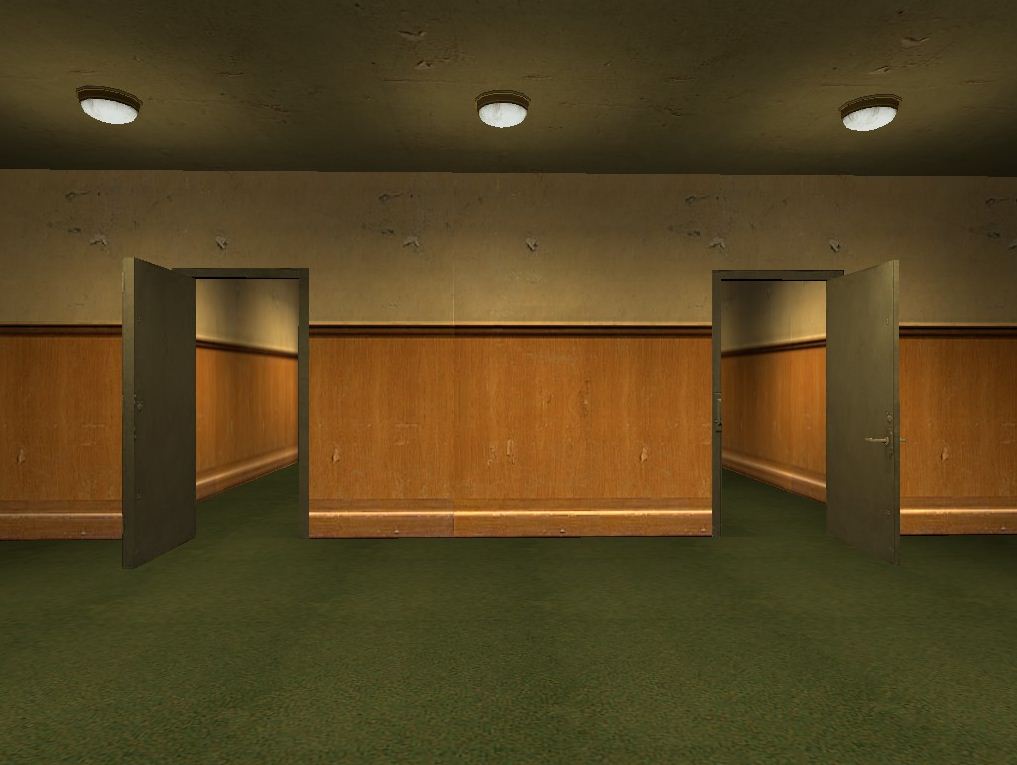The divorce
between storytelling and gameplay has plagued video games
since birth. Gameplay seems to get the games during the week, and maybe storytelling
gets to see them on weekends. While never perfect, this upbringing seemed
serviceable through games’ Reagan-era infancy. But games are finally reaching a
twenty-first-century adolescence, and they’re developing an identity of their
own. And now they ask for not just gameplay, or storytelling! They ask for
both! They’ll have their cake and eat it too! They want to bring the parents
back together into holy matrimony! But like any awkward teenager, this transformation
is rife with missteps. There’s a hope, though, that one day games will inherit
the best traits of both storytelling and gameplay to become something greater.
Something that no other medium for art can create. Something that matters.
 Valve’s
Half-Life 2 is the final product of
this drawn-out metaphor. I know it's been played to death in game academia circles, but there's a reason for that. It exorcises all of gaming’s storytelling vs. gameplay
demons, and creates an art experience that could not be accomplished in any
other medium—and isn’t that what all games should strive to do? Its
storytelling and gameplay are married beautifully, without sacrifice on either
end of the spectrum. First-person shooters have been done before, but none of
them perfects this balance the way Half-Life
2 does. Valve’s storytelling immerses the player in the gameplay, and the
gameplay immerses the player in the story. How does Half-Life 2 do it?
Valve’s
Half-Life 2 is the final product of
this drawn-out metaphor. I know it's been played to death in game academia circles, but there's a reason for that. It exorcises all of gaming’s storytelling vs. gameplay
demons, and creates an art experience that could not be accomplished in any
other medium—and isn’t that what all games should strive to do? Its
storytelling and gameplay are married beautifully, without sacrifice on either
end of the spectrum. First-person shooters have been done before, but none of
them perfects this balance the way Half-Life
2 does. Valve’s storytelling immerses the player in the gameplay, and the
gameplay immerses the player in the story. How does Half-Life 2 do it?
Raph
Koster writes in his book A Theory of Fun for Game Design that all games, no matter how little storytelling is
involved, require some sort of surrounding fiction. From chess to BioShock, “designers put artwork on
[game systems] that is suggestive of some real-world context.” Even in chess,
the gameplay is infinitely deep, yet it’s all underneath a fiction of medieval
warfare, with queens, pawns, and knights. Early video games featured
superficial fictions like this as well, whether it was staving off space
invaders or a plumber saving a princess. But at the end of the day, people
didn’t play Donkey Kong to get insight
into a fat Italian man’s hopes and fears. They played Donkey Kong because the gameplay was fun.



